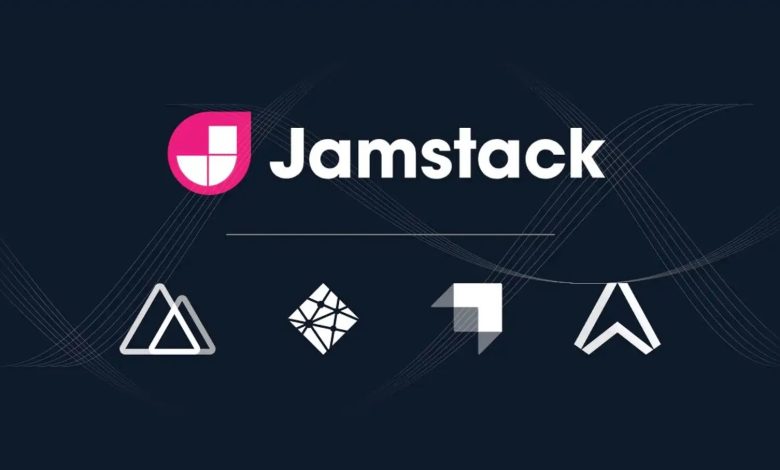The Rise of Jamstack: What It Means for Web Development

In recent years, Jamstack has emerged as a modern web development architecture that’s transforming how developers build fast, secure, and scalable websites. Unlike traditional monolithic architectures, Jamstack decouples the frontend from the backend, leading to better performance and developer experience.
In this article, we’ll explore what Jamstack is, why it’s gaining popularity, and how it impacts the future of web development.
1. What is Jamstack?
Jamstack stands for:
- Markup
- APIs
- JavaScript
- Core concept: Pre-rendered static files served via a CDN, enhanced with dynamic functionality through APIs and JavaScript.
2. Traditional vs Jamstack Architecture
Traditional Web (Monolithic):
- Example: PHP + MySQL applications.
- Server generates pages dynamically on request.
Jamstack:
- Dynamic features added via APIs and JavaScript.
- Pre-built pages served instantly.
Benefit: Faster load times, improved scalability, and enhanced security.
3. Key Benefits of Jamstack
Performance
- No reliance on heavy server-side rendering for each request.
- Static pages load from a CDN, reducing latency.
Security
- APIs handle sensitive operations separately.
- Fewer attack vectors since most of the site is static.
Scalability
- CDN-based hosting allows effortless scaling to millions of users.
Developer Experience
- Faster development cycles with tools like Gatsby, Next.js, and Hugo.
- Clear separation of concerns (frontend vs backend).
4. Popular Jamstack Tools and Frameworks
- Static Site Generators (SSGs): Next.js, Gatsby, Hugo, Nuxt.js
- Headless CMS: Contentful, Sanity, Strapi, Ghost
- Deployment Platforms: Netlify, Vercel, GitHub Pages
- APIs & Services: Firebase, Auth0, Stripe, GraphQL APIs
5. Common Use Cases for Jamstack
Blogs and Portfolios
- Fast and secure personal websites.
E-Commerce
- Headless commerce with Shopify or Snipcart.
Documentation
- Developer docs built with static site generators.
Marketing Websites
- Quick-to-deploy landing pages optimized for performance.
6. Challenges of Jamstack
- Complexity of APIs: Requires multiple integrations (auth, payments, data).
- Dynamic Content: Real-time updates (like chats) may need additional services.
- Learning Curve: Developers need to adapt to new workflows and tools.
7. Future of Jamstack
- Jamstack adoption is rapidly growing due to performance, security, and scalability benefits.
- With the rise of headless CMS, serverless functions, and modern frontend frameworks, Jamstack is becoming a standard for web development.
Conclusion
The rise of Jamstack signals a shift toward faster, more secure, and developer-friendly architectures. By leveraging static generation, APIs, and modern JavaScript frameworks, Jamstack empowers developers to build websites that scale effortlessly and deliver exceptional performance.
As web development evolves, Jamstack is likely to become a dominant approach for building high-quality digital experiences.

